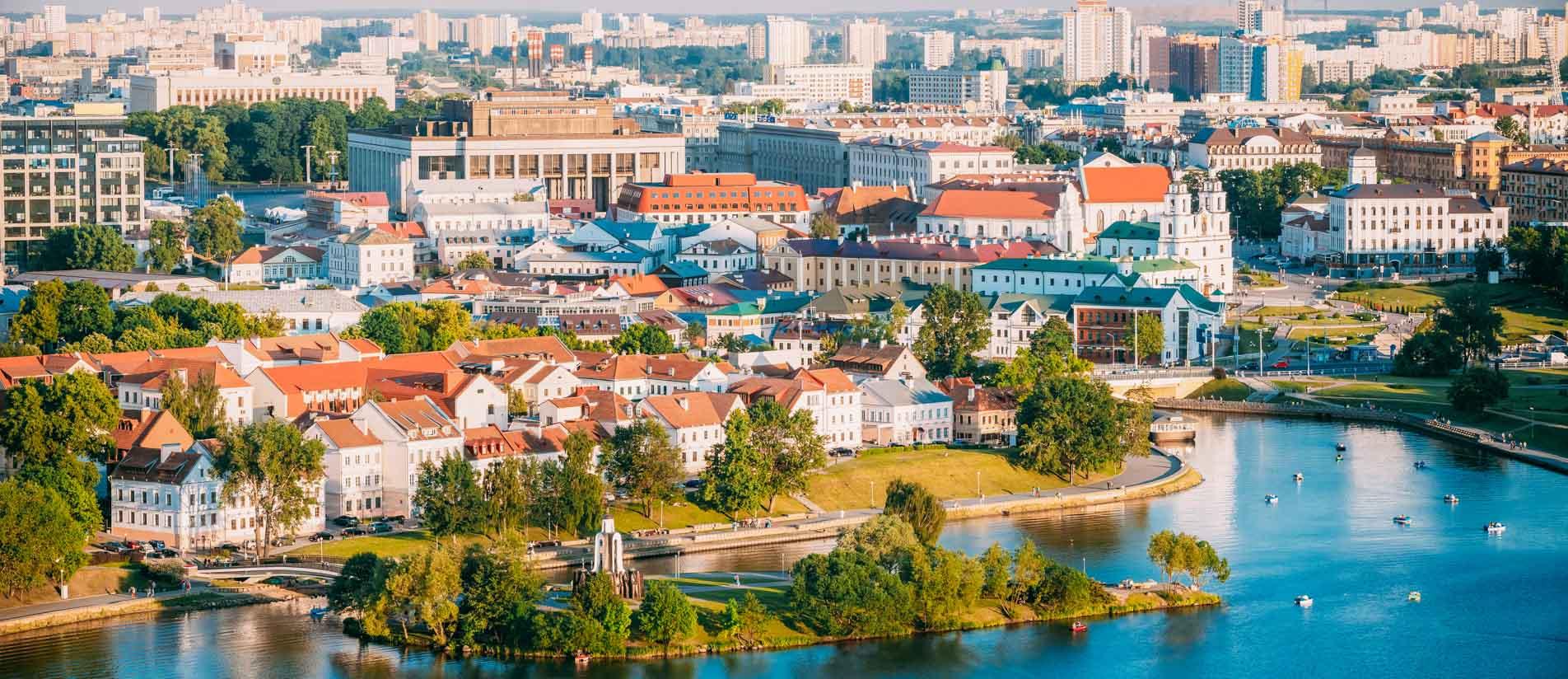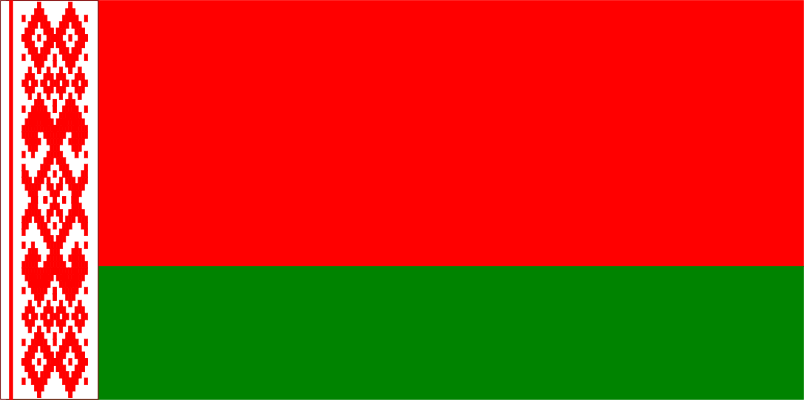
Republic
of
Belarus
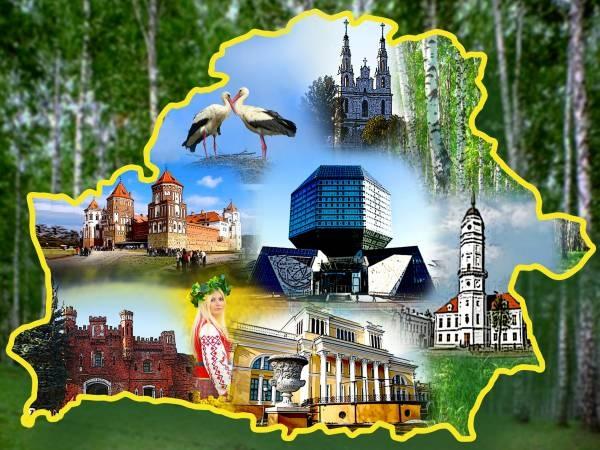
General information
The Republic of Belarus is located in the center of Europe and is among the Eastern European states. Its territory is 207.6 thousand square meters. Agricultural lands at the beginning of 2017 occupy 8,581.9 thousand hectares. The republic is rich in forests covering an area of 9.429 million hectares. There are 20,781 rivers flowing through the republic, with 10,780 lakes, 1,500 ponds and more than 153 reservoirs located on it.
In the west it borders with Poland, in the north-west - with Lithuania and Latvia, in the north and east - with Russia, in the south - with Ukraine. Administratively divided into 6 areas. The areas are divided into 118 rural areas. The greatest length of the territory of Belarus from north to south is 560 km, from west to east - 650 km. The average height above sea level is 160 m; the highest point is Mount Dzerzhinsk - 345 m (Minsk Upland): the lowest place (less than 85 m) is within the Neman Lowland.
The population of the Republic of Belarus as of July 01, 2016 is 9,500.0 thousand people. Of these, 1,938,280 thousand live in Minsk. The average population density in the republic is 46.6 people per 1 sq. km. The population density in Minsk is 5,549 people per 1 sq. km.
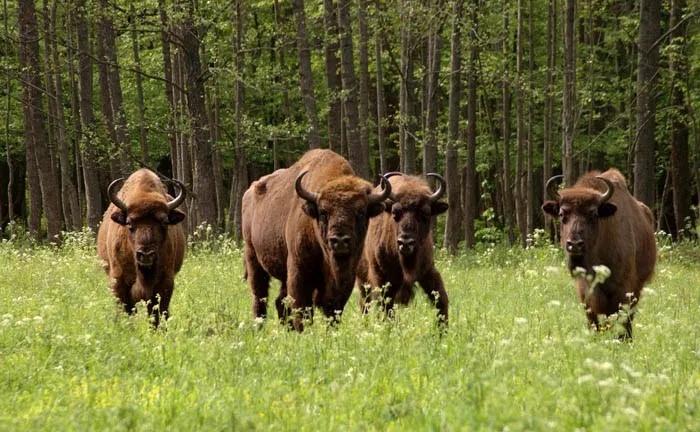
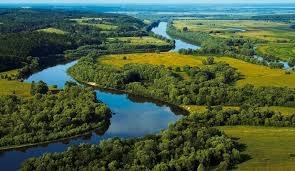
Agriculture
Agriculture of Belarus is specialized in growing crops traditional for temperate latitudes. Grain crops predominate in crop production: mainly barley, rye, wheat, potatoes, and fodder crops. In connection with the structural changes and focus on renewable energy sources in the country, the cultivation of grain and oilseeds is expanding. In Belarus, about 16% of the world's crops of flax are concentrated, or more than 20% of its crops on the European continent.
Agriculture of Belarus is an important sector of the country's economy, providing 7.5% of the country's GDP, 17.1% of investments in fixed assets. Agriculture employs 9.7% of the population. The structure of the industry is dominated by large farms (former state and collective farms), receiving multi-billion state support and subsidies; export-oriented enterprises are in the most favorable position. At the same time, most of the potatoes and vegetables are produced by private farms. The Republic of Belarus covers more than 100% of its own needs in milk, meat, eggs, potatoes and vegetables, by 57.5% for fruits and berries, by 15.3% for fish. Exports of agricultural products (including processed ones) exceed imports.
The total area of agricultural land is 8,897.5 thousand hectares (5,510.5 thousand hectares - arable land, 3,240.6 thousand hectares - meadow land). 16.4% of the land was reclaimed . Out of 5510.5 thousand hectares of arable land, 4698.2 thousand hectares are in the use of agricultural organizations, 682.1 thousand hectares are in the use of citizens, of which 640 thousand hectares are for personal subsidiary farms, and 31.6 thousand hectares - for cottages, 85.4 thousand hectares - in the use of farms . Due to geographical features, 26.2% of the cultivated area, or 1.35 million hectares, is drained land, another 0.4% is irrigated land.
Produced agricultural products, all farms of the country, at 35.6 trillion rubles (at current prices). About 2/3 of the products were produced in agricultural organizations (less than half of the total crop production, almost 90% of livestock production), about 1/3 in personal households of the population, about 1% in farms. The share of agricultural organizations in the production of grain is 93.6%, potatoes - 11.1%, vegetables - 12.9%.
Plant growing is an agricultural branch engaged in the cultivation of cultivated plants. Crop products are used as a source of food for the population, as feed in livestock, as raw materials in many industries (especially in the food, textile, pharmaceutical and perfume industries), as well as in decorative (in floriculture) and many other purposes.
Brest region
The south-western region of Belarus, which is called the first bastion of the country, is famous for its unique historical and natural monuments. Among them is the legendary Brest Fortress, the heroic history of which is known to the whole world, Belovezhskaya Pushcha, the most ancient forest of Europe, where magnificent bison live, the points of the Arc Struve, the most impressive geodetic “instrument” on the planet, inscribed by archaeologists on the wooden city XIII century, beautiful palaces in Ruzhany and Kossovo. Brest Land is the birthplace of the national hero of the three countries Tadeush Kostyushko, here was also the family estate of Dostoevsky, who gave the world a great writer.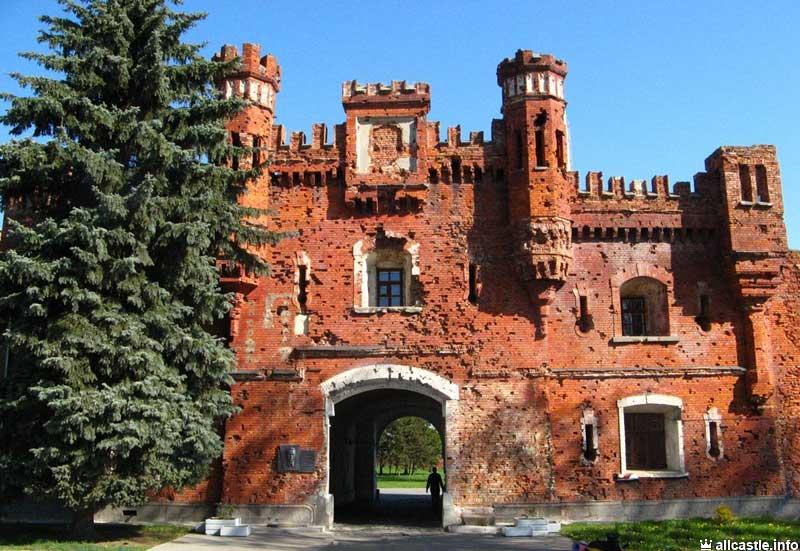
Vitebsk region
The legendary land of blue lakes, ancient cities and ancient monuments, which gave the world names such as Euphrosyne of Polotsk, Francis Skaryna, Marc Chagall, Zhores Alferov, Ivan Chersky, Lev Vygotsky ... It was in the Vitebsk land that the world-famous avant-garde Kazimir Malevich wrote the main work on Supremacist, and the talented painter Ilya Repin created almost 40 paintings and drawings. The unique natural gems of Vitebsk region are the Braslav Lakes National Park, which is famous for hundreds of picturesque lakes and islands, the Yelnya landscape reserve, where one of the largest arrays of ancient highland marshes and glacial lakes is located in Europe.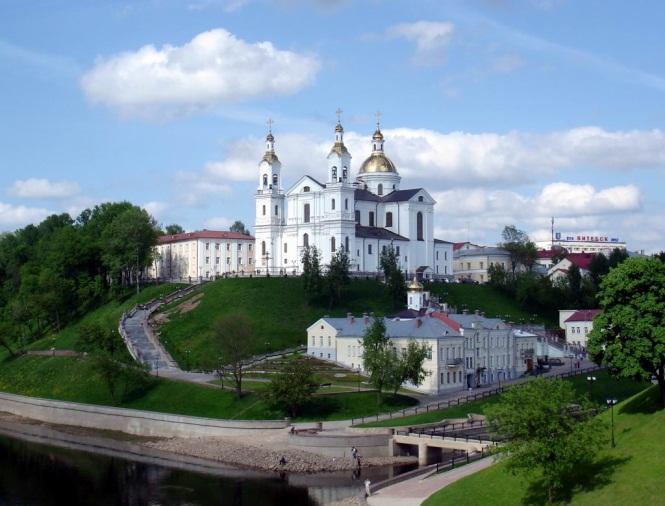
Grodno region
The western region of Belarus - Grodno region - is famous for its castles and palaces of famous dynasties of Europe, magnificent temples of various denominations and amazingly picturesque nature. There are more than one and a half thousand historical and cultural monuments, including the world heritage: the Mir castle complex, Doug Struve... The Grand Duchy of Lithuania was born in ancient Novogrudok, the most important events of Belarusian history took place in Krevo, and the "royal city". 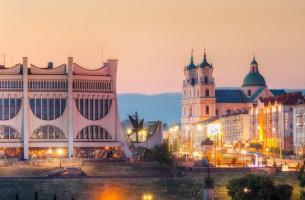
Gomel region
About the amazing Belarusian Polesie, which unites the modern Gomel and Brest regions, has been known since antiquity. The Greek historian Herodotus wrote about the mysterious country Nevrid and the vast sea in these places. Perhaps it was the Pripyat Valley or the present sea flooded with waters, as evidenced by the finds of seashells and the ancient salt deposit ... The nature preserved, resembling jungle, unique flood plain oak forests and rich fauna is the visiting card of the National Park "Pripyat", in the center of which is one of ancient East Slavic cities - Turov. Among other famous sights of the region are the palace and park ensemble of the Rumyantsevs and the Paskeviches in Gomel, the “city of the Old Believers” Vetka, the ancient Mozyr, Rechitsa, Chechersk, which are included in the “Golden Ring of the Gomel Region”.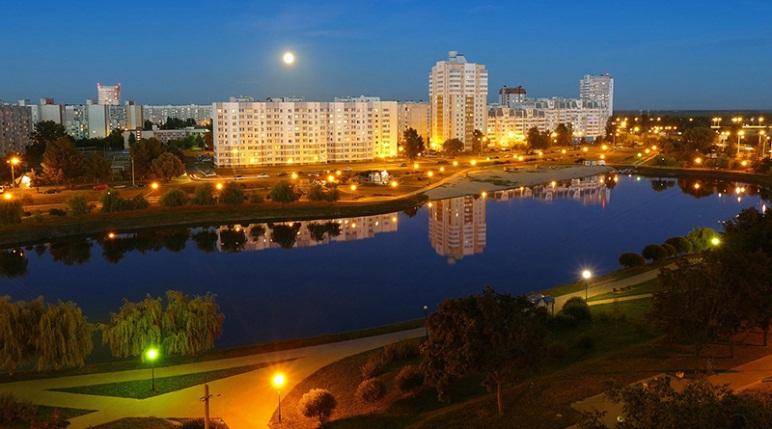
Minsk Region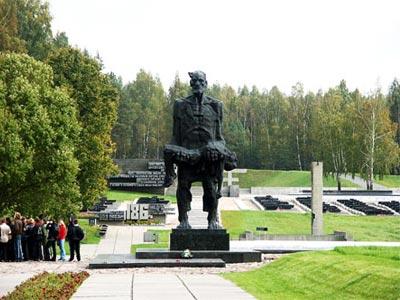
The largest region of Belarus, the only one that has no borders with neighboring states, is industrial and scientific, and at the same time unusually interesting in ancient history. Among the famous sights of Minsk region are the world value of the Nesvizh Radzivils Palace, the Bernardine church in Budslav, the ancient cities of Zaslavl, Borisov, Slutsk, Molodechno, Myadel, the natural pearl of the National Park "Narochansky". Located at the crossroads of European roads, Minsk land was included in the chronicles of major wars and tragic events in the world, which today are reminiscent of the Brilevskoye field near the Bereziny River, Khatyn, Trostenets, Glory Hill, "Stalin Line".
Mogilev region
Centuries ago, the famous trade route "from the Varangians to the Greeks" ran through the eastern lands of Belarus, part of which was the Dnieper - one of the largest rivers in Europe. Already from the XII-XIII centuries, the cities of Mstislavl (1135), Krichev and Propoisk (Slavgorod) (1136), Mogilev (1267). Among the attractions of the region are the beautiful monuments of architecture of the provincial Mogilev, the castle of the XVII century and the unique synagogue in Bykhov, the palace and park ensemble in Zhilichi, the Potemkin Palace in Krichev, the Pustynsky monastery, the ancient Mstislavl, the Bobruisk fortress. Tens of thousands of tourists and sightseers annually enjoy the surrounding landscapes, relax in health resorts and tents, enjoy the gifts of nature, wander along ecological paths, breathe healing air.
Attractions
The most interesting sights of Belarus are amazing castles and ancestral estates, beautiful temples and monasteries, unique corners of untouched nature, ancient engineering buildings, fascinating museums and ethnographic villages, native places of famous artists, writers and scientists.
National Park "Pripyatsky". Polesie (southern Belarus) is an amazing land of lowlands and plains, forests and swamps, riddled with numerous rivers, streams and streams, slowly carrying their waters into Pripyat and the Dnieper, flowing into the Black Sea. It is here, in the interfluve of the Pripyat, Stviga and Ubort rivers, that the Pripyatski National Park is located.
Belovezhskaya Pushcha is one of the most unique massifs not only in Europe, but also in the world. Forest forests have survived their original form. The border between Belarus and Poland is divided into parts, passes through Belovezhskaya Pushcha. The forest is distinguished by the line of the forestry of the forestry and it is about 400–30 years old. Preserved individual trees that are between 600 and 800 years old. Forest cover of the forest - 88%. The forests are represented by pine, deciduous marsh, broad-leaved species. Since 1993, Belovezhskaya Pushcha acquired the status of a National Park. The National Park "Belovezhskaya Pushcha" is one of the unique tourist sites of the Republic of Belarus. This is the largest remnant of a forest relic prime forest forest that previously grew throughout Europe. In 1992, by decision of UNESCO, the National Park "Belovezhskaya Pushcha" was included in the World Heritage List of Mankind. 
Mir Castle is an outstanding work of Belarusian architecture. The epoch of feudalism found a visible reflection in its architecture: behind the powerful towers capable of protecting the owner from the enemy, there was a rich palace - the residence of the magnate. Made of stone and brick, located away from the settlement, surrounded on three sides by moats and earthen ramparts with bastions, and on the fourth side - a covered reservoir, the castle with its monumentality and inaccessibility embodied the power and unlimited power of the feudal lord. The landmark of the castle is the tower. Their rich decor in the form of whitewashed niches and ornamental belts contrasts well with the red brick walls and gives the castle greater artistic expression.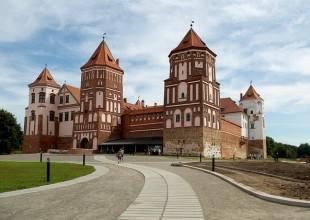
Nesvizh Castle is one of the most popular tourist attractions in Belarus. A walk in the castle is a unique and enjoyable experience for the senses and delight, given the beautiful architecture and landscaped gardens that are adjacent to it. In 1994 Nesvizh Castle was declared a national historical and cultural reserve and in 2005 was included on the UNESCO World Heritage list. The list appears under the name Palace Architectural, Residential and Cultural Complex of the family Radziwiłł. Nesvizh Castle is still family owned and the family is one of the most highly respected in Belarus not only today but throughout the course of history. Nesvizh Castle was built in the 13th century but reached its grandeur in the 16th century, when it became the home of Radtsvill. Even then, religious buildings and structures on the site served as an architectural model for a number of buildings built in Central Europe and Russia. It has repeatedly been restored, repaired and modified, resulting in its architecture today, which is an interesting combination of Gothic, Renaissance and Baroque style.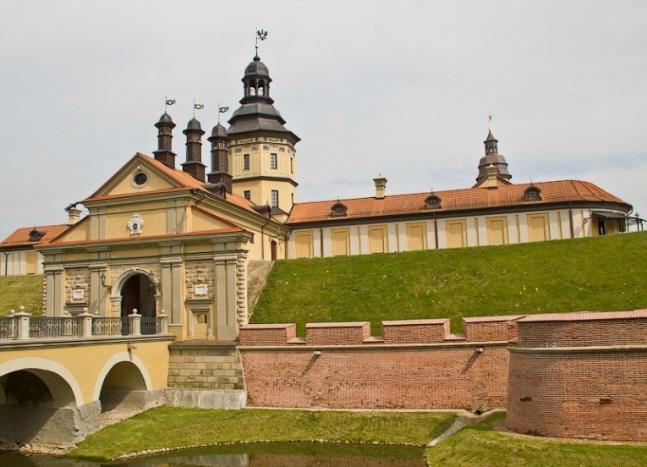
Slonim originated on Shchare and has long played an important role in the history of Belarus. The Zhirovichi monastery, which is more than 500 years old, has the miraculous image of the Mother of God of Zhyrovichy, is distinguished by its expressive architecture and is famous for its rich historical past. You will visit the temples, you can bow to the miraculous icon. The guide from the Theological Seminary will tell you about the monastery, the seminary, conduct to the Holy source. Not far from Zhirovichi there is unique monument of Gothic architecture - the 16th century fortress church in Synkovichi.
The Braslav Lakes National Park of Belarus has long been called the lake edge: there are 11 thousand lakes in the country and more than 20 thousand rivers and streams! The lakes are the eyes of Belarus, which is why they call it blue-eyed. The most precious of the pearls in the natural crown of Belarus is the Braslav Lakes National Park, occupying an area of 70,000 hectares. These places are often compared with Switzerland or Finland, but they are completely original. Charm to the edge gives a constant change of landscapes - lakes, hills, forests, and again numerous lakes.
The capital of Belarus
Minsk is the capital of Belarus, the administrative center of the Minsk Region and the Minsk Region, which is not included as it is an independent administrative-territorial unit with a special (capital) status, the Hero City. The largest transport hub, political, economic, cultural and scientific center of the country. It is the core of the Minsk agglomeration. Minsk is the headquarters of the CIS. The tenth largest population (excluding the suburbs) is a city in Europe, the fourth in the territory of the former USSR and the third in the EEU. The city is located close to the geographical center of the country and stands on the Svisloch River. The area is 348.84 km², the population is 1,981,690 people (as of July 1, 2018) excluding the suburbs.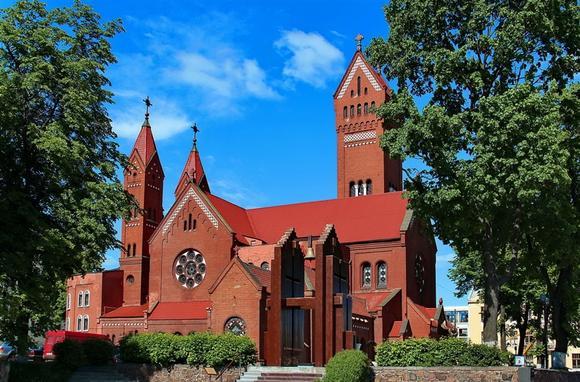
At the end of the 16th century, isolated cases of the use of the Minsk form were noted; in the future, as polonization increased, the percentage of the use of the Minsk-Minsk form increased (2nd half of the 17th century), but Mensk did not stop using. The form "Mensk" disappeared from official documents only in the XVIII century.
Since 1502, the Minsk form has been used in Latin and Polish-language documents (“Minsk”, “Mińsk”). A similar transformation of the name of the city in Polish occurred under the influence of Polish Minsk-Mazovian or as a result of the influence of Ukrainian dialects . At the end of the 18th century, after the divisions of the Commonwealth, the spelling of “Minsk” was firmly fixed in Russian documents as a mechanical translation of the Polish form “Mińsk”.
At the time of the BSSR, the name Mensk for some time became regulatory again and was universally used in official documents in Belarusian until 29 July 1939, when the Supreme Council of the BSSR, by its decision, changed the Belarusian name of the city to Minsk. This renaming, according to the Belarusian historian Z. Shibeko, was caused by the intensification of the Stalinist repressions against the national cadres of the republic. According to the Belarusian historian V. Lyakhovsky, the renaming was the consolidation of Russification in the BSSR at the level of city names.
Minsk is located on the southeastern slope of the Minsk Upland, which has a moraine origin. It was formed during the Sozh glaciation, the last to reach this territory. The average height above sea level is 220 m.
The most elevated part of Minsk (283 m) is located in the Leschinsky street, behind the house number 8 (prior to the building of the city to the west, such a point was between Timiryazev and Kharkovskaya streets). The lowest mark (181.4 m) is located in the southeast of the city in the Svisloch floodplain in the Chizhovka microdistrict (see Chizhovskoe Reservoir).The climate of Minsk is moderately continental, with significant influence of the Atlantic sea air. The average annual rainfall is about 700 mm. Summer is warm, but not hot. The average daily temperature in July is + 18.5 ° C. Winters are mild, with frequent thaws, the average daily temperature in January is –4.5 ° C. In recent years, there has been a clear trend towards higher temperatures in the winter.
Large areas of Minsk are reserved for green spaces and parks. However, large industrial enterprises continue to operate in the city, and the number of cars is constantly growing. In the warm season, the maximum permissible concentration of formaldehyde in the air is repeatedly exceeded in the city. In some areas, there is an acute problem of air pollution with nitrogen dioxide and solid particles less than 10 microns (PM10).
